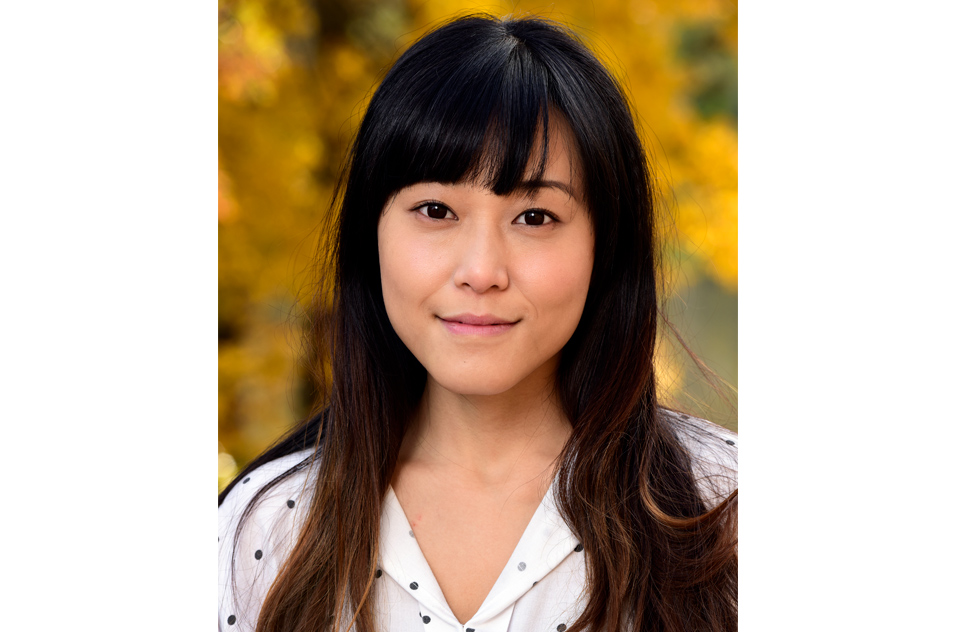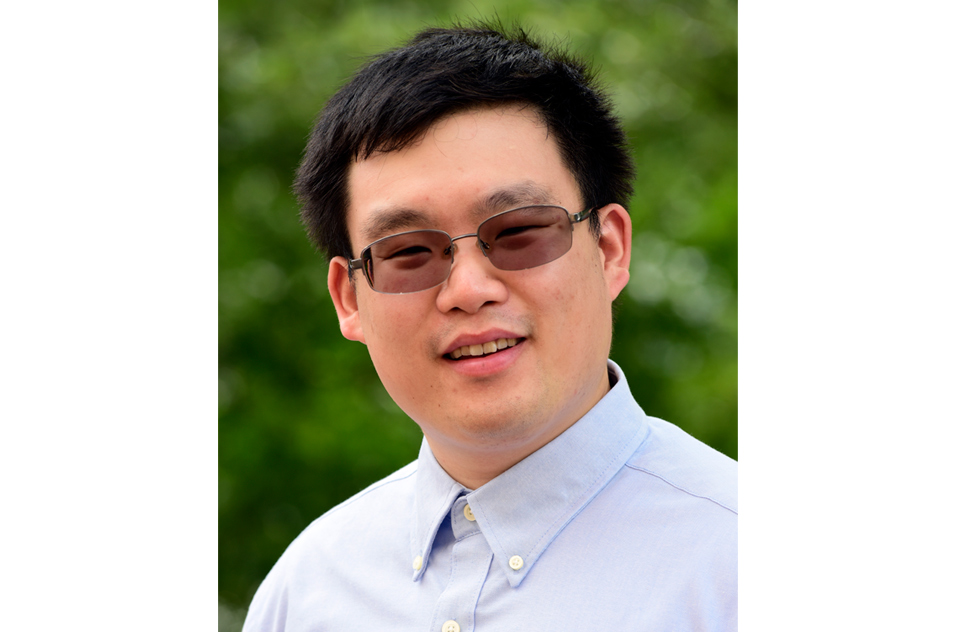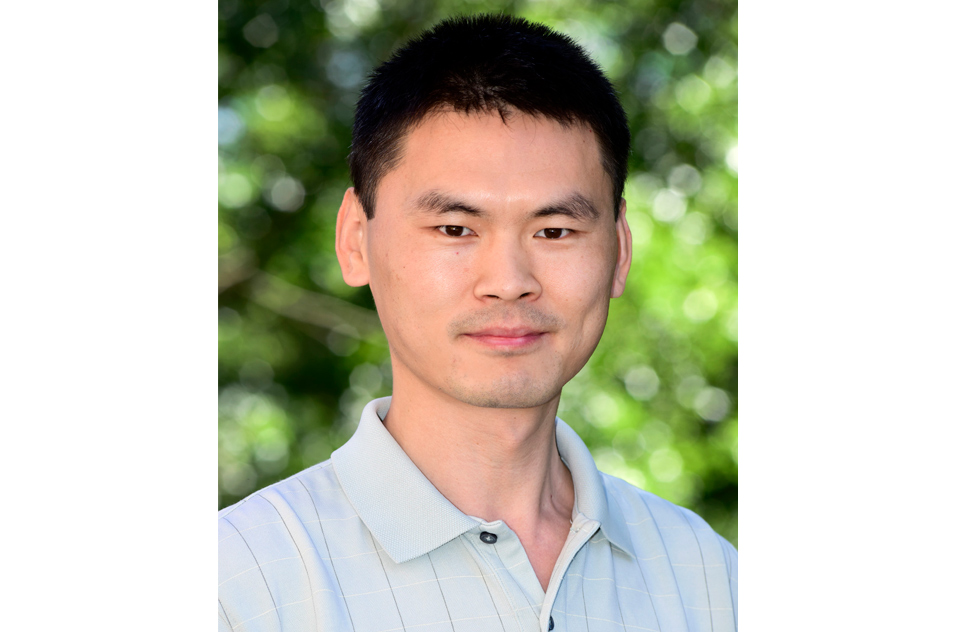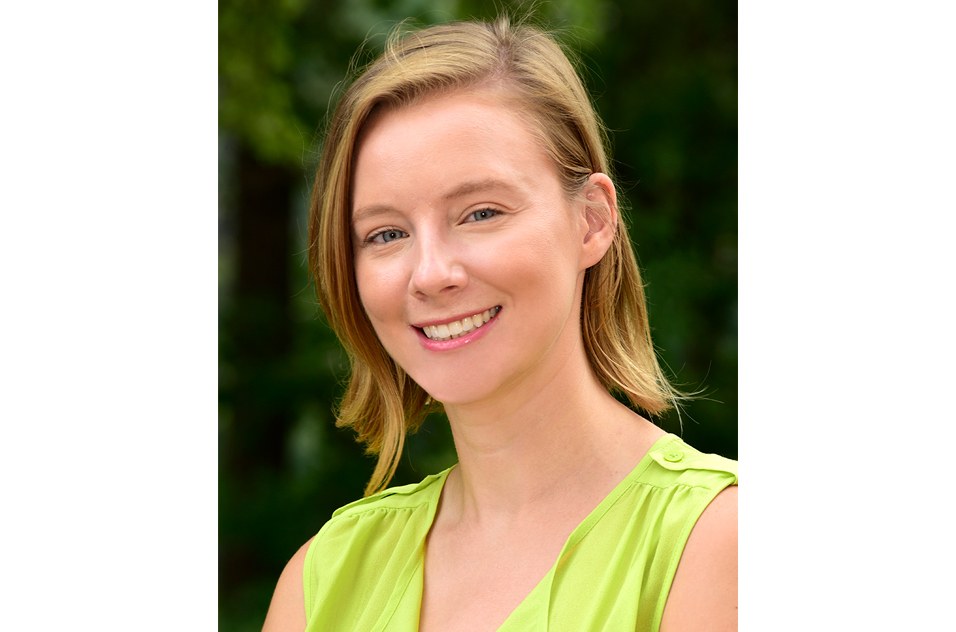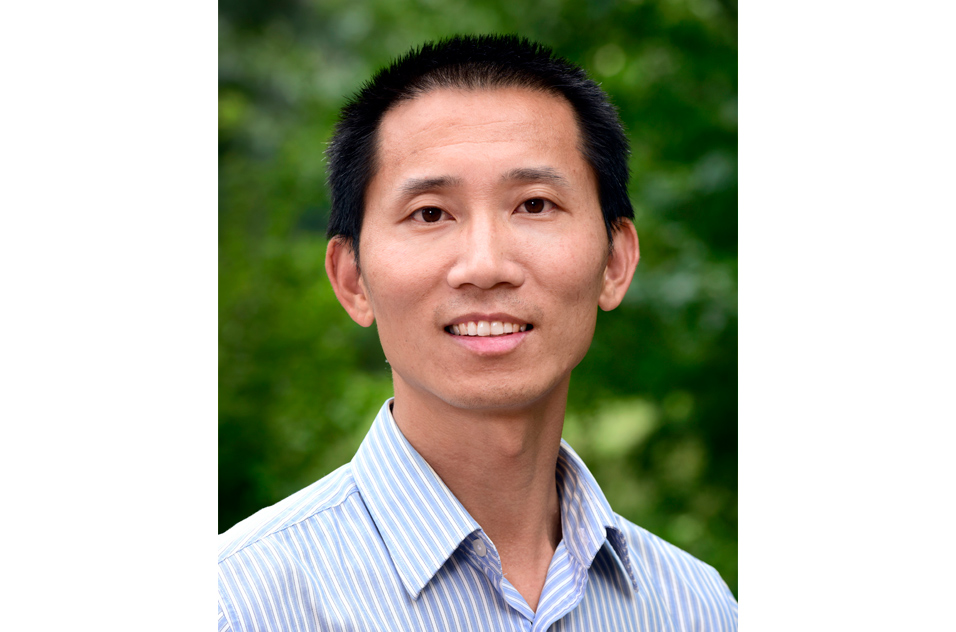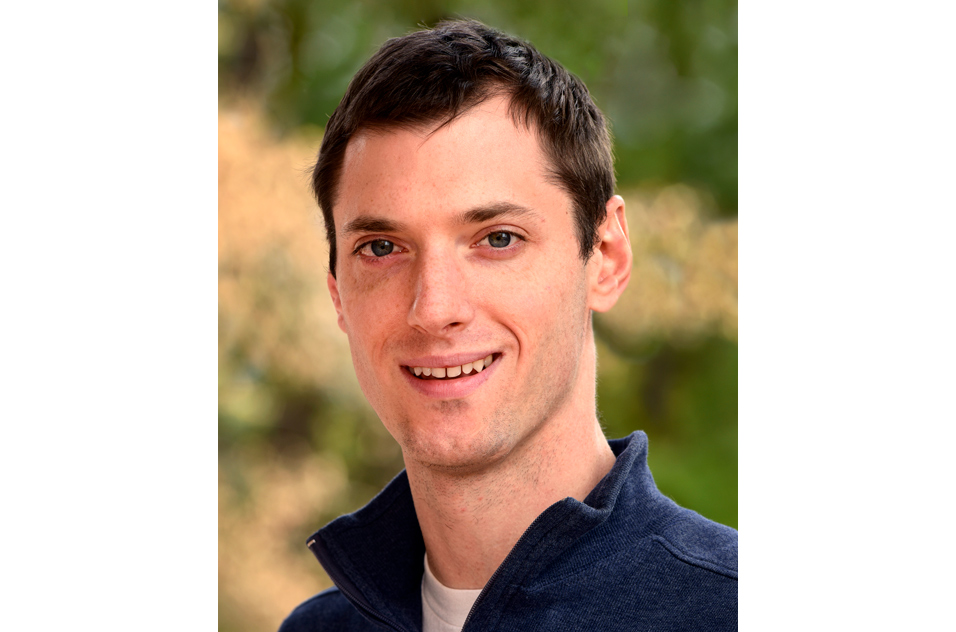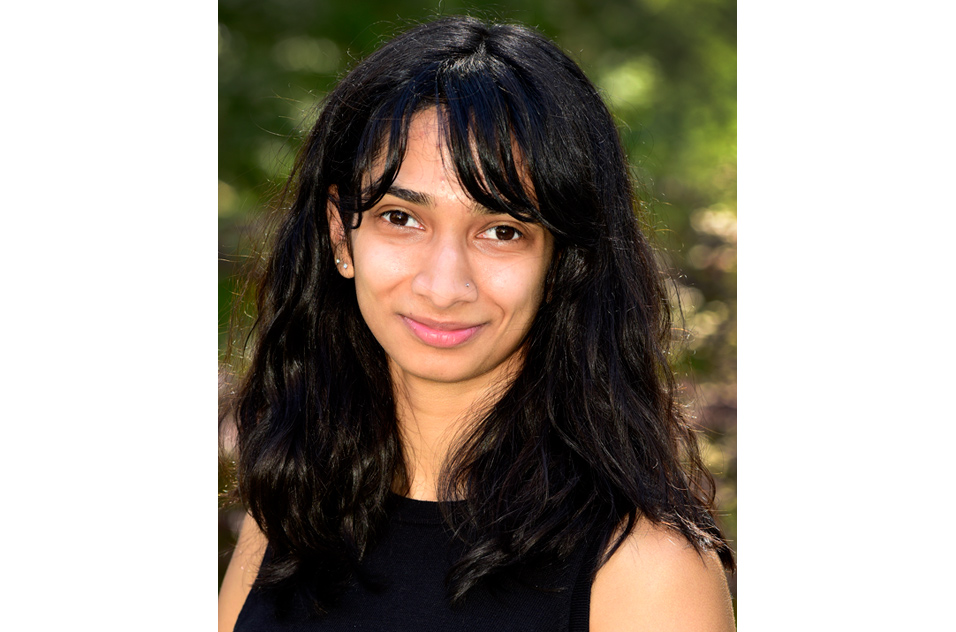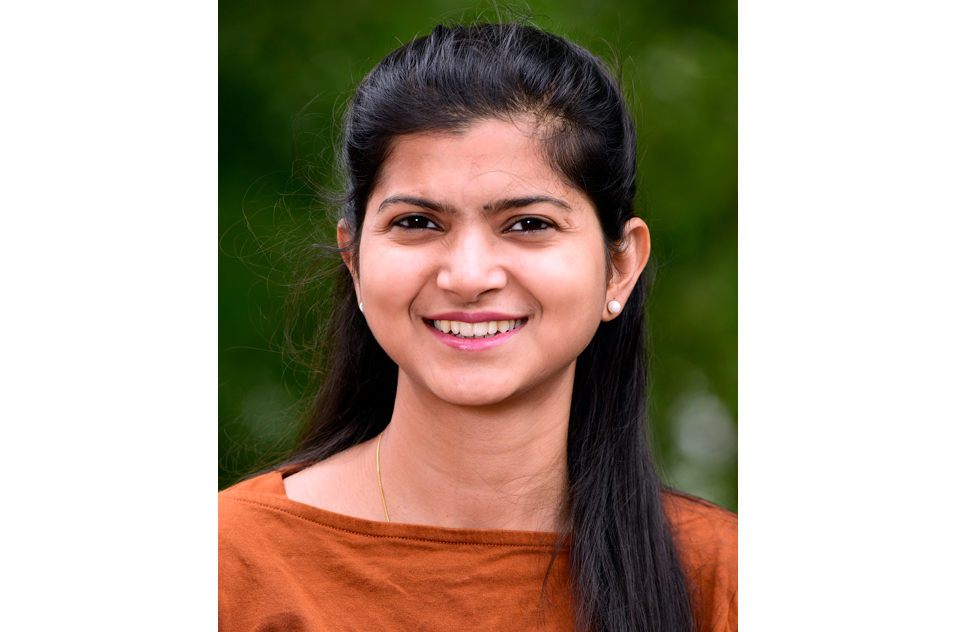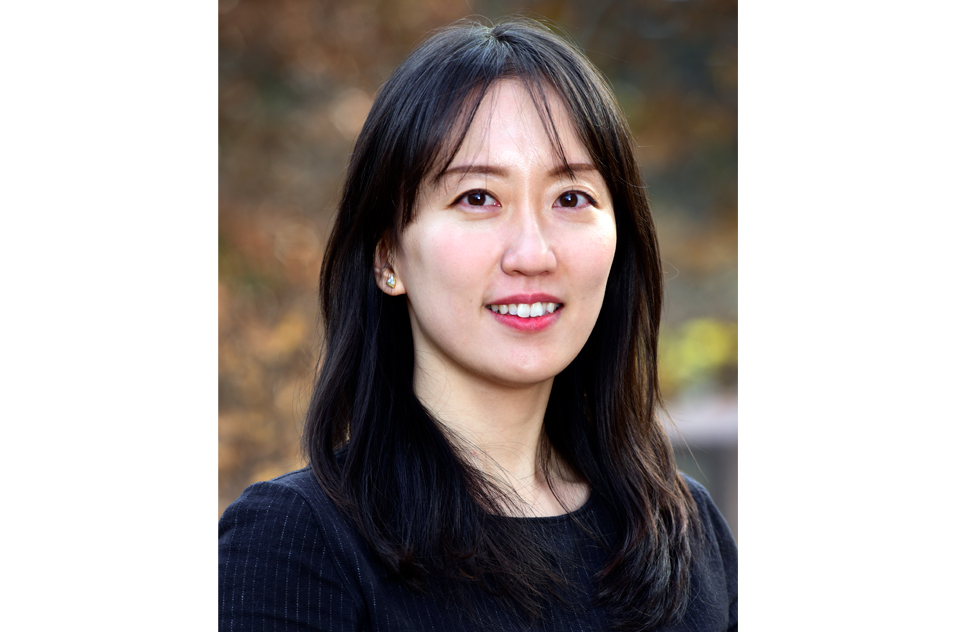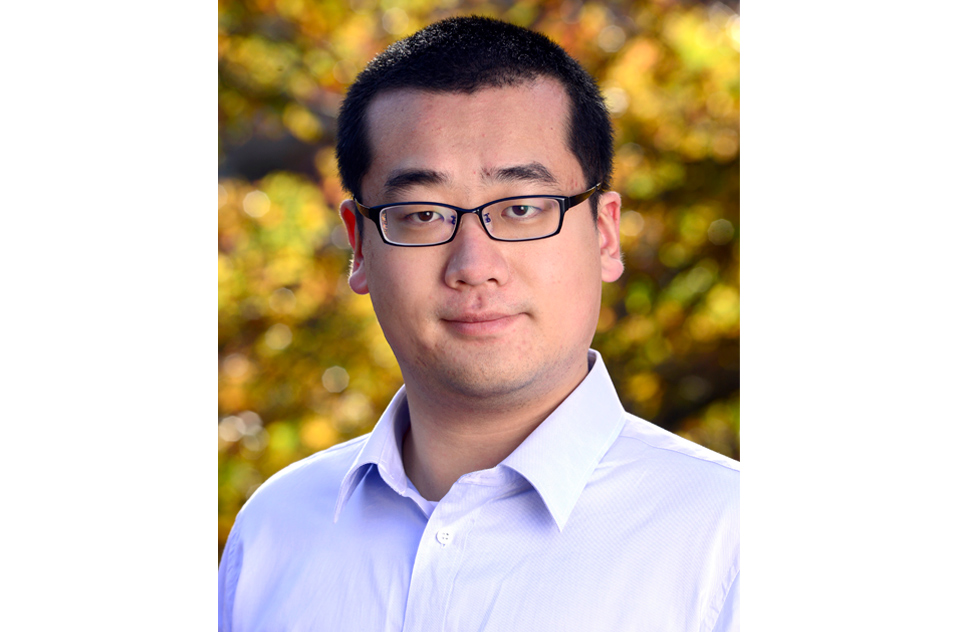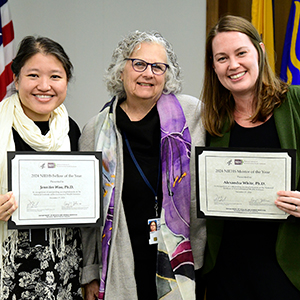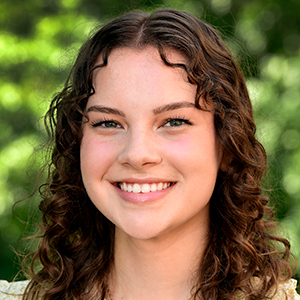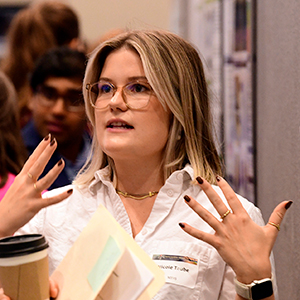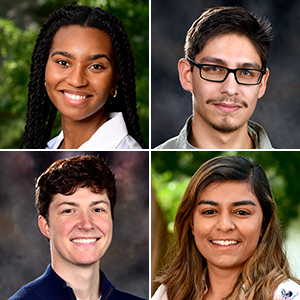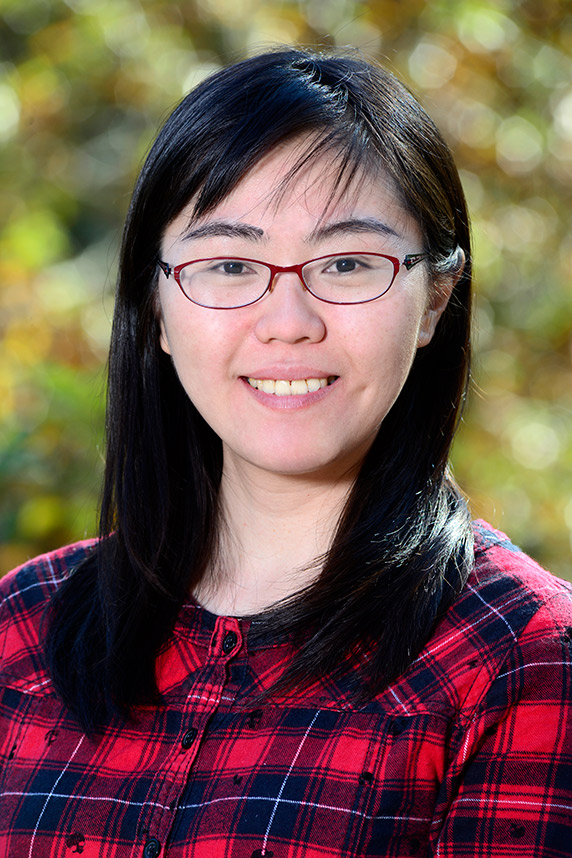 Lin’s third FARE in four years addressed “The role of epithelial membrane protein 2 in regulation of pulmonary fibrosis and tissue remodeling,” which she studied with mentorship by Fessler. (Photo courtesy of Steve McCaw)
Lin’s third FARE in four years addressed “The role of epithelial membrane protein 2 in regulation of pulmonary fibrosis and tissue remodeling,” which she studied with mentorship by Fessler. (Photo courtesy of Steve McCaw)Every year, the National Institutes of Health (NIH) Office of Intramural Training and Education holds a competition for fellows’ research abstracts. The results of the 2021 Fellows Award for Research Excellence (FARE) are now in and NIEHS continued its strong showing, tallying 17 winners.
“NIEHS fellows performed particularly well this year, with our institute ranking fourth highest among all the NIH institutes,” wrote NIEHS Scientific Director Darryl Zeldin, M.D., and Associate Director of the National Toxicology Program Brian Berridge, D.V.M., Ph.D., in a July 16 letter to staff. “This speaks to the high quality of research performed by our exceptional fellows.” NIEHS had more winners than several larger institutes.
The showing also points to the excellent mentorship fellows receive at NIEHS. Winners represent most of the laboratories and branches in the Division of Intramural Research (DIR) and Division of the National Toxicology Program(https://ntp.niehs.nih.gov/) (DNTP).
That breadth is matched by depth: This year, two winners took home their third FARE, and four won for a second time. In addition, two researchers each mentored more than one winner.
- Third FARE: Wan-Chi Lin, Ph.D.; Prashant Rai, Ph.D.
- Second FARE: Alicia Chi, Ph.D.; Xingyao Li, Ph.D.; Chitrangda Srivastava, Ph.D.; Jingheng Zhou, Ph.D.
- More than one awardee this year: Guohong Cui, M.D., Ph.D., head of the In Vivo Neurobiology Group; Michael Fessler, M.D., head of the Immunity, Inflammation, and Disease Laboratory. Both three-time winners are from his lab.
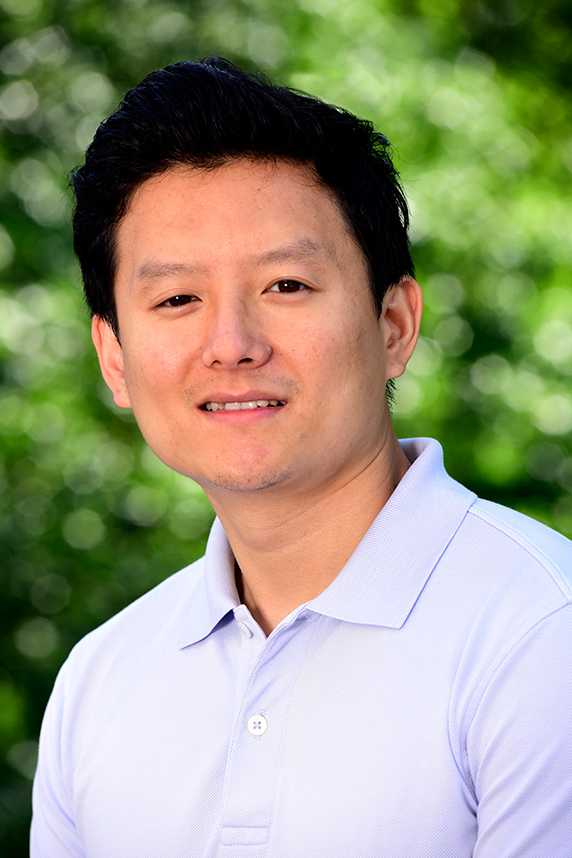 Rai, who was also mentored by Fessler, found that “Chronic type I interferon disrupts tissue macrophage homeostasis and induces bacterial susceptibility.” He volunteers as a writer for the Environmental Factor. (Photo courtesy of Steve McCaw)
Rai, who was also mentored by Fessler, found that “Chronic type I interferon disrupts tissue macrophage homeostasis and induces bacterial susceptibility.” He volunteers as a writer for the Environmental Factor. (Photo courtesy of Steve McCaw)A panel of judges scored anonymous abstracts on four elements:
- Scientific merit.
- Originality.
- Experimental design.
- Overall quality and presentation.
Winners receive $1,500 to help cover travel to a scientific meeting where they present their research in a poster or a talk. However, because travel is restricted during the novel coronavirus pandemic, awards may be used to support research or career development through such expenses as course tuition or books.
FARE is sponsored by the NIH Fellows Committee, the Scientific Directors, and the NIH Office of Intramural Training & Education.





